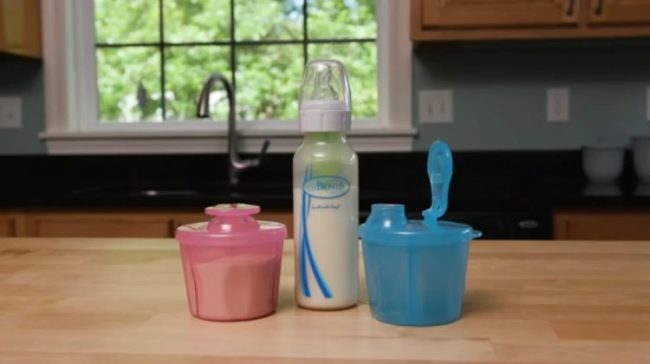Breastfeeding is a natural and essential process that provides optimal nutrition and numerous health benefits for both infants and mothers. However, many new mothers encounter challenges when it comes to proper latching during breastfeeding. A proper latch is crucial for successful breastfeeding, as it ensures the baby receives an adequate milk supply and prevents discomfort for the mother. Fortunately, there are various breastfeeding aids available that can assist in overcoming latching problems. In this article, we will explore the top 5 breastfeeding aids designed to address latching issues and promote a positive breastfeeding experience for both mother and baby.
1. Nipple Shields
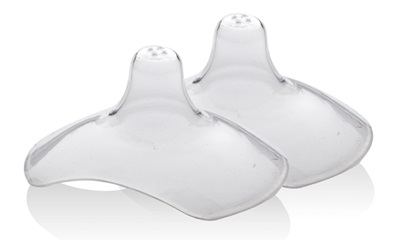
Nipple shields are thin, flexible, silicone covers that are worn over the mother’s nipple during breastfeeding. They are designed to assist with latching difficulties by providing a temporary barrier between the baby’s mouth and the mother’s nipple.
Nipple shields can be particularly helpful for babies who have trouble latching due to flat or inverted nipples, or for infants with oral issues. These shields simulate the breast’s feel and texture, making it easier for the baby to latch onto and feed.
However, it’s important to note that nipple shields should be used under the guidance of a lactation consultant or healthcare professional. Prolonged use of nipple shields can impact milk supply and might not address the underlying issues causing latching problems. Regular consultation with a professional is crucial to ensure that the baby is transitioning well and breastfeeding effectively.
Check here for the Best Nipple Shields for Breastfeeding Moms
2. Breast Pump

A breast pump is a mechanical device that extracts breast milk from the mother’s breasts. While it might not seem directly related to latching problems, using a breast pump can indirectly aid in improving latch difficulties.
If a baby is struggling to latch, pumping milk and then feeding the baby with a bottle allows the mother to provide breast milk while also giving her nipples time to heal. This can be especially useful when dealing with sore or cracked nipples, allowing the mother to continue breastfeeding while giving her breasts time to recover.
Additionally, using a breast pump to express a small amount of milk before attempting to latch can make the nipple more prominent and easier for the baby to grasp. This technique can help the baby latch more effectively, as the nipple is more accessible and the flow of milk may entice the baby to feed.
Check here for the Best Manual Breast Pumps & Best Electric Breast Pumps
3. Nursing Pillows
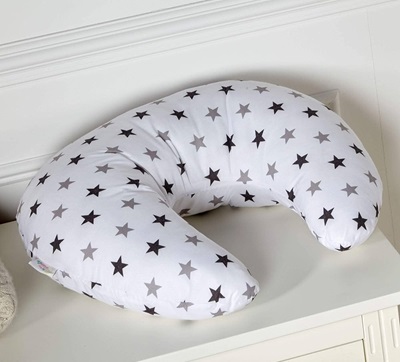
Proper positioning is a key factor in achieving a successful latch. Nursing pillows are specially designed pillows that offer support and comfort during breastfeeding. They help elevate the baby to the correct height, aligning the baby’s mouth with the mother’s nipple for a more comfortable latch. Nursing pillows come in various shapes and designs, including crescent, U-shaped, and wrap-around styles, catering to different body types and breastfeeding positions.
Using a nursing pillow not only assists in achieving a better latch but also helps prevent back and neck strain for the mother. Some nursing pillows are equipped with adjustable straps to secure the pillow in place, allowing for hands-free support during breastfeeding sessions.
4. Breast Shells
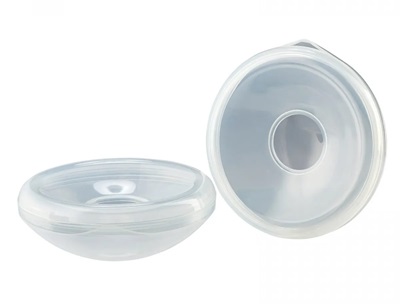
Breast shells are designed to be worn inside the bra and help with latching issues by exerting gentle pressure around the areola, which encourages flat or inverted nipples to protrude. The shell’s hollow center allows the nipple to stick out, making it easier for the baby to latch onto the breast.
This can be particularly helpful for mothers who struggle with latching due to nipple shape. It’s important to consult a healthcare provider or lactation consultant to determine if breast shells are appropriate for you and to ensure they are used correctly.
5. SNS (Supplemental Nursing System)
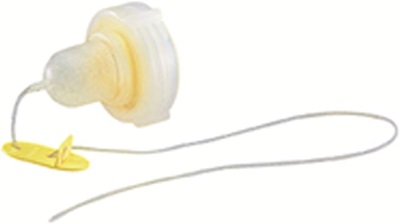
This system usually consists of a container filled with breast milk or formula connected to a thin, flexible tube. This tube is then placed alongside the mother’s nipple. When the baby latches on, they latch onto both the nipple and the tube, allowing them to draw milk from both the breast and the supplemental system.
This dual source of milk can encourage the baby to latch more effectively and sustain the latch longer, especially if the mother has low milk supply. It also provides immediate reward in the form of milk flow, reinforcing the baby’s natural instinct to suck and latch, making it a useful tool for teaching proper latching technique.
Final Thoughts
Breastfeeding is a deeply rewarding experience that strengthens the bond between a mother and her baby while providing essential nutrients for the baby’s growth and development. However, latching problems can pose significant challenges for both parties. The use of breastfeeding aids can be instrumental in overcoming these challenges and promoting a positive breastfeeding journey.
It’s important for mothers to seek guidance from healthcare professionals, particularly lactation consultants, to determine the most suitable aids for their specific situations. With the right support and resources, mothers can navigate latching problems with confidence, ensuring that both they and their babies reap the benefits of successful breastfeeding.



